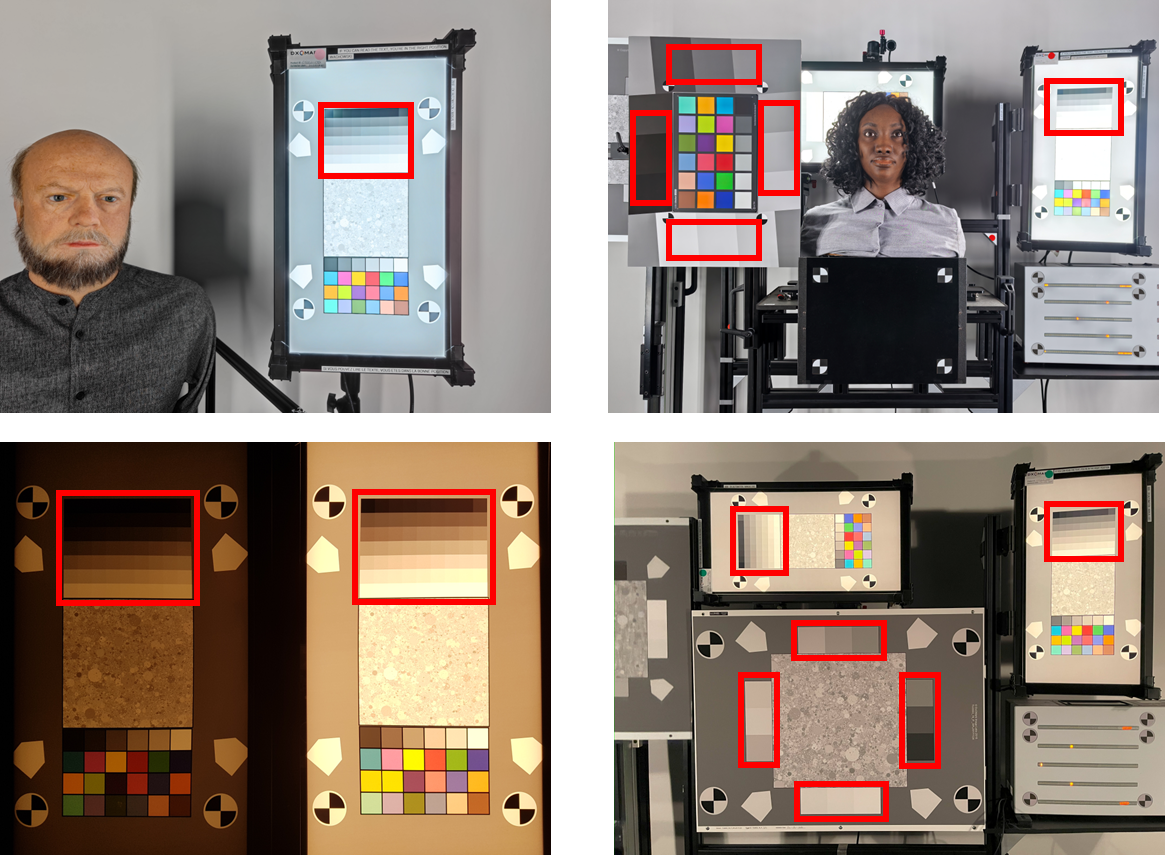
This work provides a novel glass-to-glass metric of local contrast, useful in the context of image quality evaluation of HDR content. This metric, called Local-Contrast Gain (LCG), uses the opto-optical transfer function (OOTF) of the imaging system and its first derivative to compute the incremental ratio between contrast in the scene and contrast on the display. In order to be perceptually meaningful, we chose Weber’s definition of contrast. In order know the OOTF in analytical form and to make the measurement robust to the uncertainty of measurements of the ground truth, we rely on a model that we propose and that expands upon our previously published work. We provide experimental validation of our metric on a variety of target charts, both reflective and transmissive, both in isolation and within complex setups spanning more than six EVs.

TDCI (Time Domain Continuous Imaging) is a system for image capture and representation in which scene appearance is modeled as a set of continuous waveforms recording the changes in incident light at each pixel over time. Several of the advantages of TDCI are related to the ability to set exposure parameters after-the-fact, rather than at the time of capture. These exposure parameters can be far more complicated than are physically realizable in a conventional camera, or reasonable to design without the ability to repeatedly expose the same scene. Previous TDCI experiments have performed relatively traditional integration; this work explores a pair of related exposure behavior enabled by TDCI - the non-uniform integration of incident light into an image along the axes of both the time and space. This paper details a proof-of-concept implementation which ingests video frames and re-exposes images from the resulting sampled light with user-specified spatially and temporally nonuniform gain.